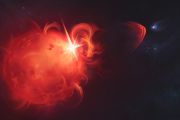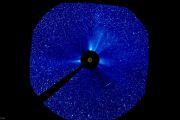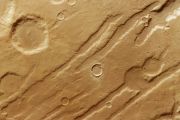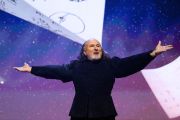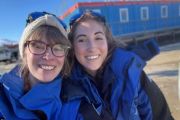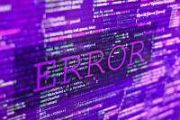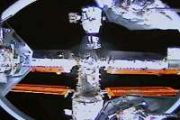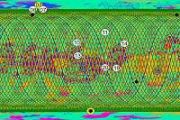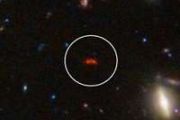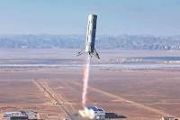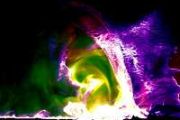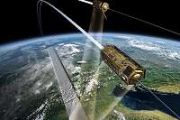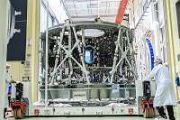
Copernical Team
NASA approves crew for Axiom's third private mission to space station
 NASA has approved a four-person crew for the third Axiom mission, which is intended to launch no sooner than January 2024.
"Axiom Space's chief astronaut and former NASA astronaut Michael Lopez-Alegria will command the private mission. Italian Air Force Col. Walter Villadei will serve as pilot. The two mission specialists are Alper Gezeravci of Turkey and ESA (European Space Agency) pro
NASA has approved a four-person crew for the third Axiom mission, which is intended to launch no sooner than January 2024.
"Axiom Space's chief astronaut and former NASA astronaut Michael Lopez-Alegria will command the private mission. Italian Air Force Col. Walter Villadei will serve as pilot. The two mission specialists are Alper Gezeravci of Turkey and ESA (European Space Agency) pro NASA's Lucy spacecraft captures its first images of asteroid Dinkinesh
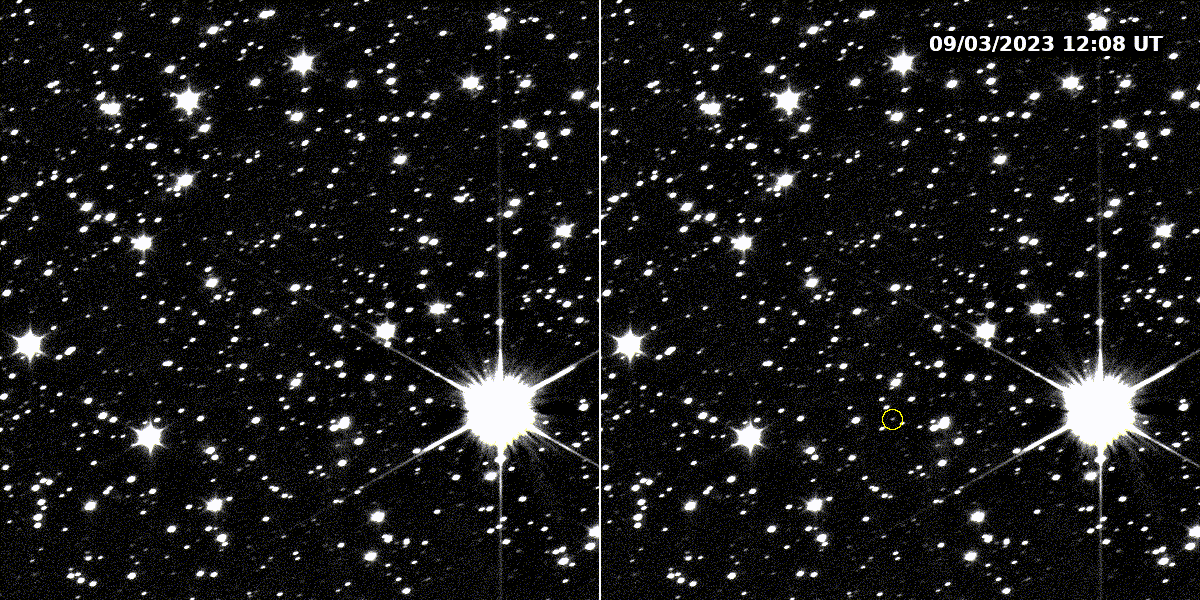
The small dot moving against the background of stars is the first view from NASA's Lucy spacecraft of the main belt asteroid Dinkinesh, the first of 10 asteroids that the spacecraft will visit on its 12-year voyage of discovery. Lucy captured these two images on Sept. 2 and 5, 2023. On the left, the image blinks between these first two images of Dinkinesh. On the right, the asteroid is circled to aid the eye.
Lucy took these images while it was 14 million miles (23 million km) away from the asteroid, which is only about a half-mile wide (1 km). Over the next two months, Lucy will continue toward Dinkinesh until its closest approach of 265 miles (425 km) on Nov. 1, 2023.
The Lucy team will use this encounter as an opportunity to test out spacecraft systems and procedures, focusing on the spacecraft's terminal tracking system, designed to keep the asteroid within the instruments' fields of view as the spacecraft flies by at 10,000 mph (4.5 km/s).
NASA astronaut Frank Rubio breaks US record for longest spaceflight
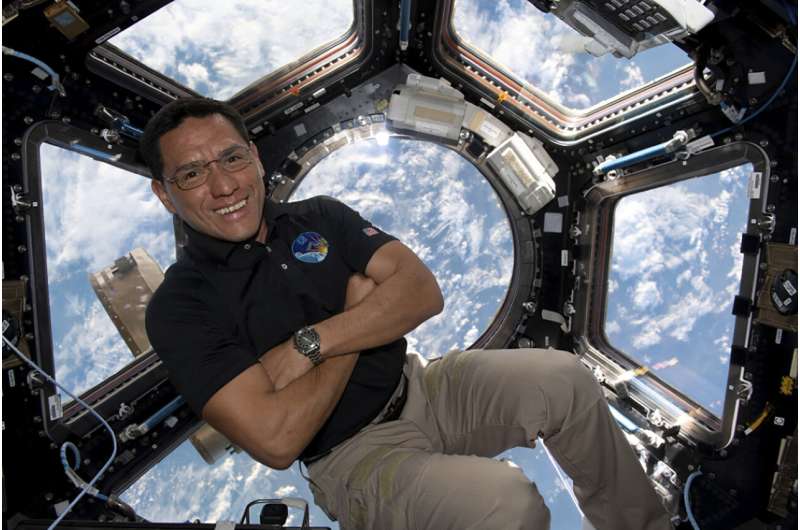
A virtual tour of Marcus’s space home
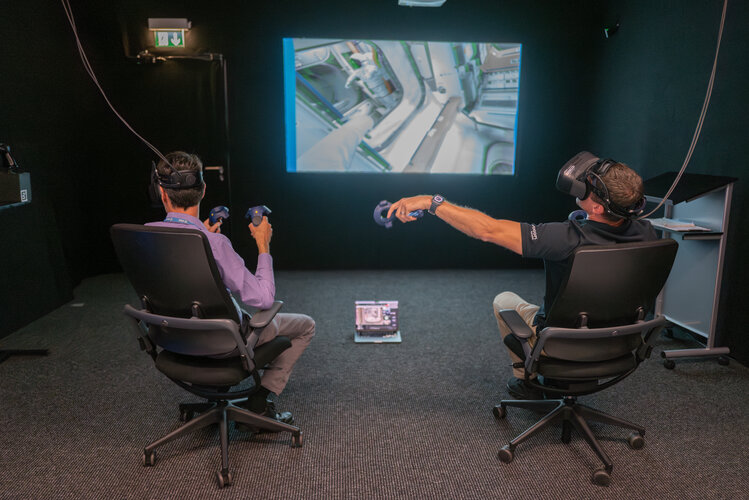 Image:
A virtual tour of Marcus’s space home
Image:
A virtual tour of Marcus’s space home European Service Modules – made in Turin
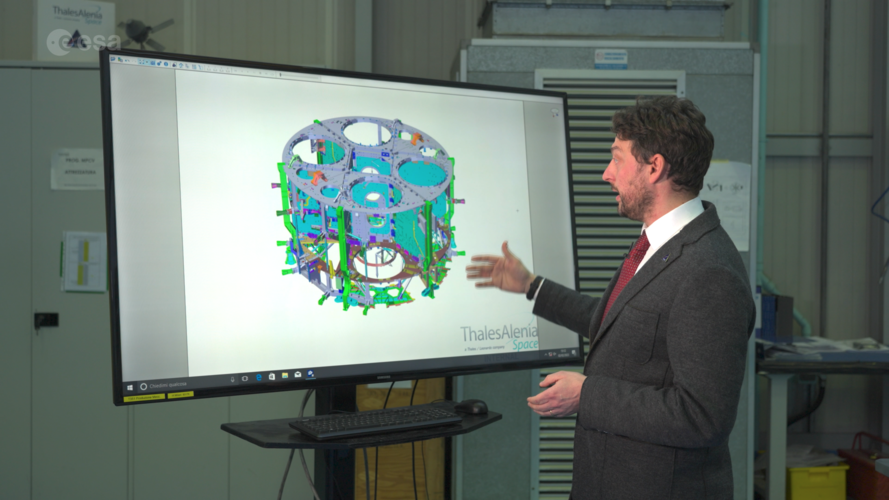 Video:
00:02:30
Video:
00:02:30
Artemis in Europe: the structure and radiators for the European Service Modules that fly NASA’s Orion spacecraft to the Moon are built in Turin, Italy.
Thales Alenia Space produces the structure that acts like a chassis on a car providing the solid foundations for all other elements to be attached to and also absorbs the forces that the Artemis spacecraft will endure during launch into Earth orbit and onto the Moon.
Technicians assemble the primary structure that is made from a core of Composite Fibre Reinforced Polymer sandwich panels and aluminium alloy elements for the secondary structures. This technology
Discover ESA Live: a gateway to ESA’s universe for schools
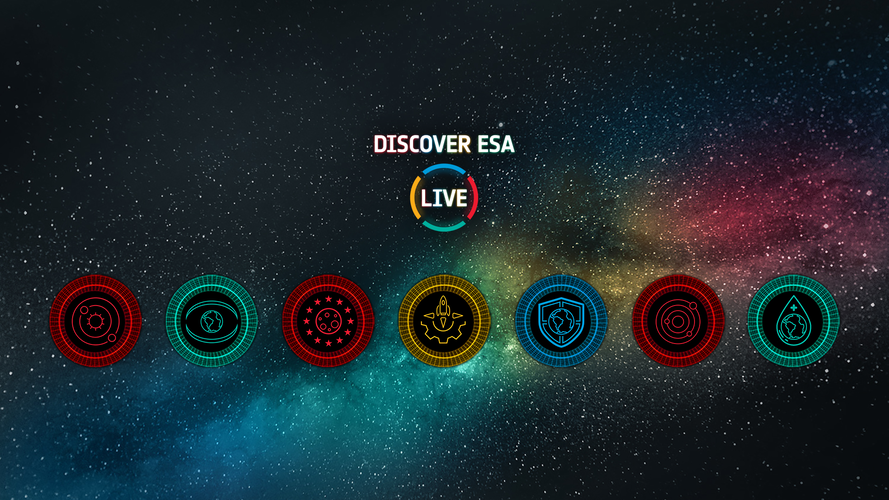
A new streaming platform is set to inspire the next generation of scientists, engineers, and astronauts, bringing the wonders of space closer to classrooms than ever before. Schools across Europe are invited to embark on this cosmic journey!
Marcus Wandt will fly to International Space Station on third Axiom Space mission
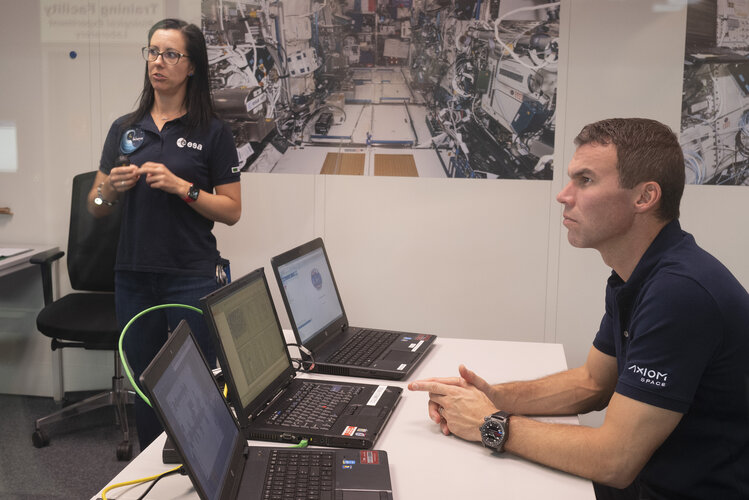
ESA project astronaut Marcus Wandt from Sweden will travel to the International Space Station (ISS) on Axiom Mission 3 (Ax-3) no earlier than January 2024.
Tianzhou 5 spacecraft burns up on Earth reentry
 China's Tianzhou 5 cargo spacecraft was destroyed as scheduled on Tuesday morning as it reentered Earth's atmosphere, according to the China Manned Space Agency.
The agency said in a news release that, under ground controllers' guidance, the robotic craft flew back into Earth's atmosphere at 9:13 am. After that, most of the spaceship burned up, and a small amount of debris fell into secure
China's Tianzhou 5 cargo spacecraft was destroyed as scheduled on Tuesday morning as it reentered Earth's atmosphere, according to the China Manned Space Agency.
The agency said in a news release that, under ground controllers' guidance, the robotic craft flew back into Earth's atmosphere at 9:13 am. After that, most of the spaceship burned up, and a small amount of debris fell into secure The universe caught suppressing cosmic structure growth
 Ann Arbor MI (SPX) Sep 12, 2023
As the universe evolves, scientists expect large cosmic structures to grow at a certain rate: dense regions such as galaxy clusters would grow denser, while the void of space would grow emptier. But University of Michigan researchers have discovered that the rate at which these large structures grow is slower than predicted by Einstein's Theory of General Relativ
Ann Arbor MI (SPX) Sep 12, 2023
As the universe evolves, scientists expect large cosmic structures to grow at a certain rate: dense regions such as galaxy clusters would grow denser, while the void of space would grow emptier. But University of Michigan researchers have discovered that the rate at which these large structures grow is slower than predicted by Einstein's Theory of General Relativ OSIRIS-REx adjusts course to target sample capsule's landing zone
 On Sept. 10, NASA's OSIRIS-REx spacecraft briefly fired its ACS (attitude control system) thrusters to point itself toward Earth, putting it on course to release its sample capsule, carrying rocks and dust from asteroid Bennu, from 63,000 miles (or 102,000 kilometers) above Earth's surface on Sunday, Sept. 24.
Yesterday's trajectory-correction maneuver changed the spacecraft's velocity abo
On Sept. 10, NASA's OSIRIS-REx spacecraft briefly fired its ACS (attitude control system) thrusters to point itself toward Earth, putting it on course to release its sample capsule, carrying rocks and dust from asteroid Bennu, from 63,000 miles (or 102,000 kilometers) above Earth's surface on Sunday, Sept. 24.
Yesterday's trajectory-correction maneuver changed the spacecraft's velocity abo 





